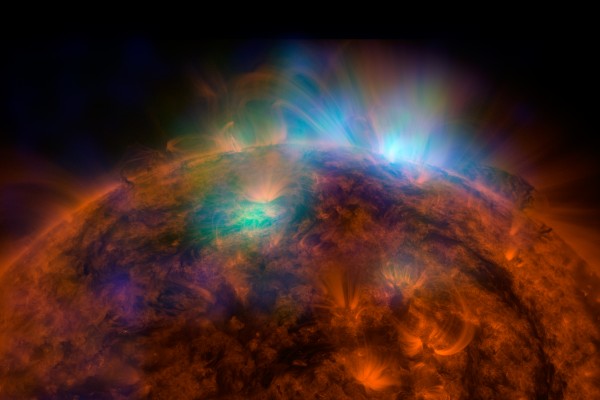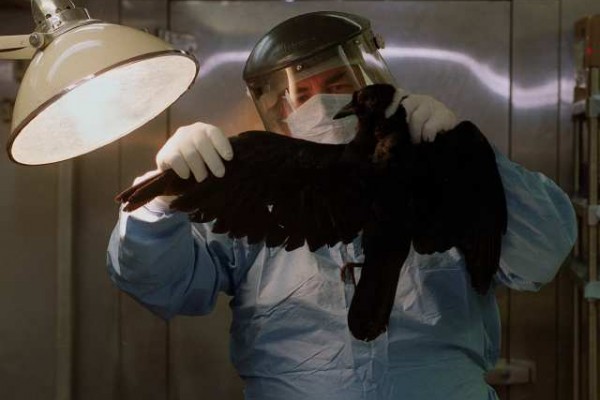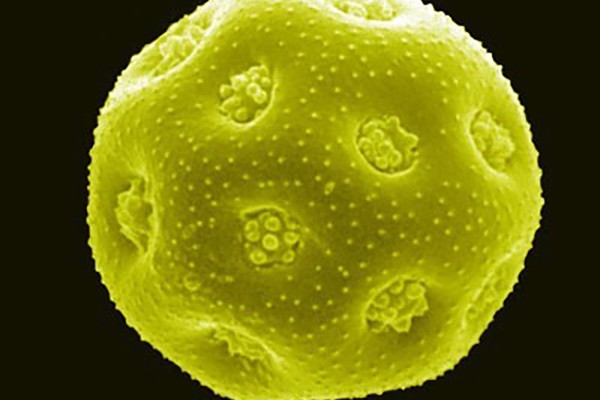Physicist awarded $1.3 million for development of detectors for hard X-ray telescopes
Henric Krawczynski, PhD, professor of physics in Arts
& Sciences at Washington University in St. Louis, has won a $1.3 million NASA grant to develop semiconductor detectors and their readout electrons for the
next generation of X-ray telescopes.
Marijuana dependence influenced by genes, childhood sexual abuse
Genetic variation within the endocannabinoid system may explain why some survivors of childhood adversity go on to become dependent on marijuana, while others are able to use marijuana without problems, suggests new research from Washington University in St. Louis.
Tomatoes get boost in growth, antioxidants from nano-sized nutrients
At team at Washington University’s School of Engineering & Applied Science found tomato plants that received zinc oxide and titanium dioxide nanoparticles better absorbed light and minerals, and the fruit had higher antioxidant content.
Whatever happened to West Nile?
A study in the Nov. 2 issue of Proceedings of the National Academy of Sciences is the first to fully document the demographic impacts of West Nile virus on North American bird populations. Data from bird-banding stations shows more species were hit than suspected, and half of those have yet to recover.
Was Galileo Wrong?
One of the more unbelievable things they tell you in school is that if you drop two objects of different weights they will hit the ground at the same time. Is that really true? Michael Abercrombie, PhD ’16, explains.
Where We Come From
Ever wonder where we really come from? Washington University graduate student Cole D. Pruitt explains the connection between the stuff we’re made of, burping stars and nuclear pasta.
‘If this works, structural biology will never be the same’
Washington University’s Alexander Barnes, a chemist, physicist, electrical engineer and molecular biologist rolled into one, just received a $2.3 million grant from the National Institutes of Health to develop a nuclear magnetic resonance spectrometer that can determine the structure of molecules very quickly and at room temperature. His first target is a drug called bryostatin that may flush out HIV hidden in the chromosomes of our own cells.
Bose named Packard Fellow
Arpita Bose, PhD, assistant professor of biology in Arts & Sciences at Washington University in St. Louis, has been named a Packard Fellow, a prestigious distinction awarded to only 18 top young researchers nationwide this year. Bose plans to use the grant to work with unusual microbes that can take electrons directly from an outside source to draw down atmospheric carbon dioxide or make sustainable biofuels.
Scientists discover ancient safety valve linking pollen to bacteria
New research shows that an ancient protein that protects bacteria from bursting also helps pollen survive the dangerous transition from desiccated to hydrated once it lands on the female flower. But in pollen’s case, the protein has evolved to provide just the right amount of internal pressure: enough to power cell growth but not so much that the pollen bursts and dies.
WashU Expert: Arvidson on news that water still flows on Mars
NASA announced earlier this week that dark streaks that appear on Martian slopes in the summer, lengthen and then fade as winter approaches are seeps of salty water. The news that Mars still has surface water again raised hopes that it may have life. It will take thoughtful mission planning to find out, says Washington University in St. Louis Mars expert Ray Arvidson, PhD.
Older Stories








